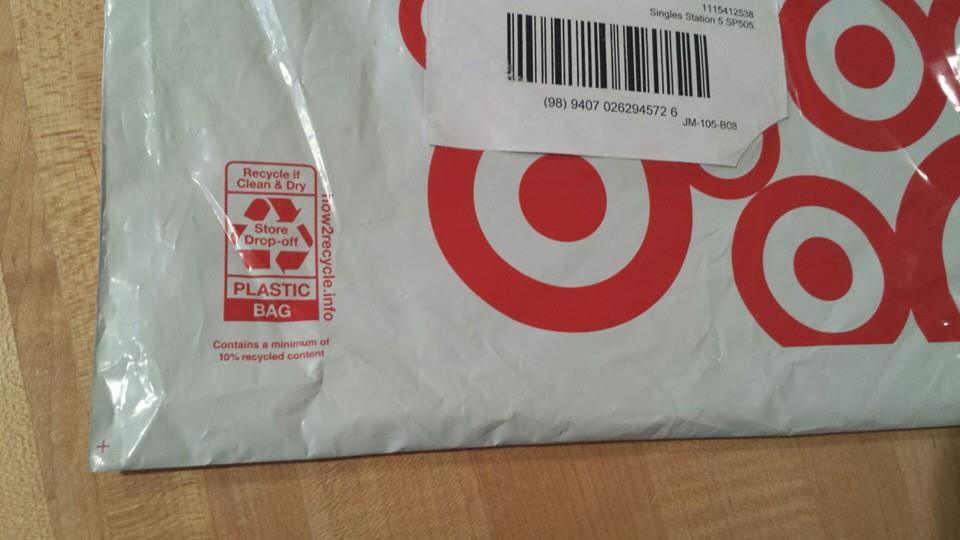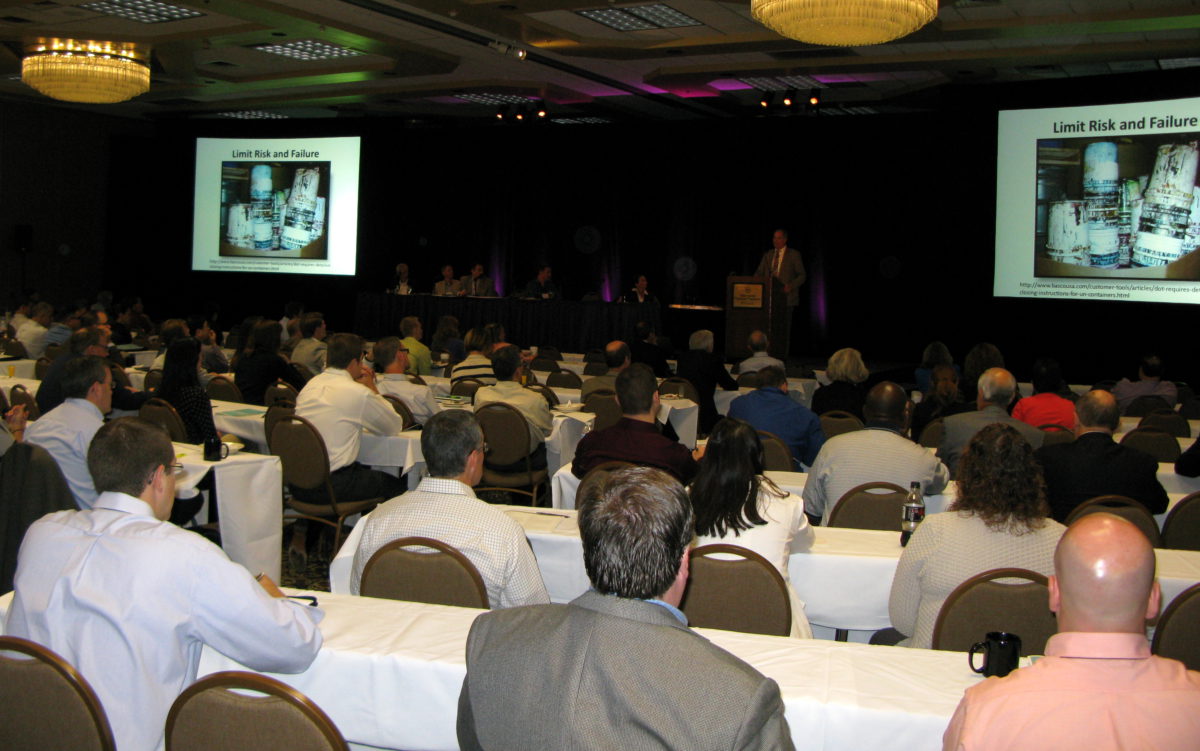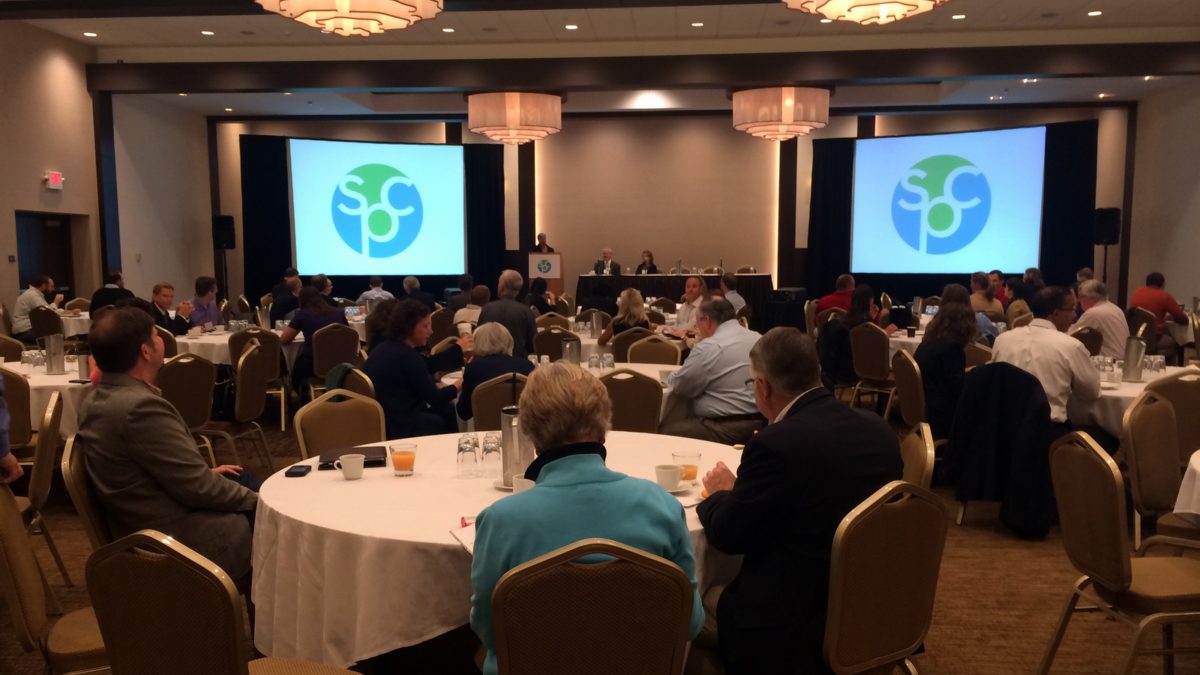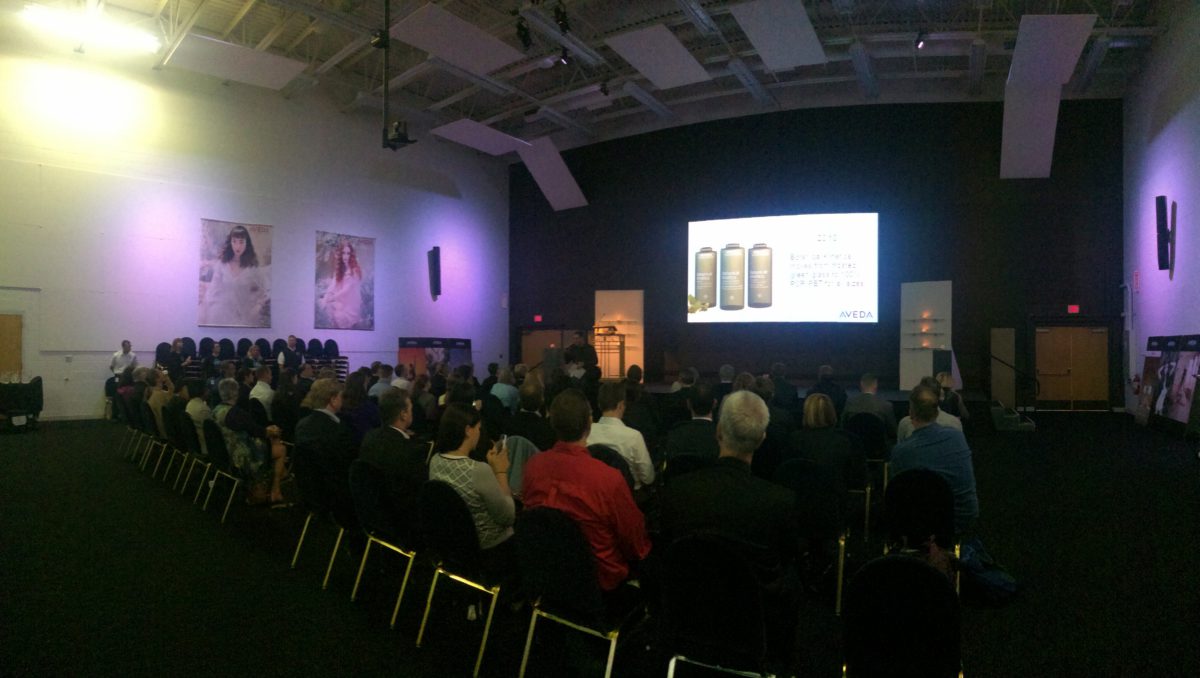In the last of my four-part series, I’ll describe the new tertiary packaging model in COMPASS® (comparative packaging assessment) which is being released on October 7, 2013.
There is no better way to understand something than to tear it down and rebuild it. At least that’s my motto…sometimes. When it came to building the tertiary packaging model for COMPASS® the research was interesting but it wasn’t until I began to fundamentally unravel several types of pallets that I realized all the thought that goes into designing them to meet the specified use scenarios. In the process, I collected and dismantled block type and stringer type pallets, the kind used to move groceries and construction materials in the U.S., and some specialized pallets used for shipping large office equipment. The goal was to understand the configuration, the nailing pattern, the number and type of fasteners used, the identity of wood types, and the overall weight of the pallet. In the process, I amassed a pile of lumber, some softwood species and some hardwood species, a lot of bent and rusted nails and calloused hands. This was the beginning of the parallel projects—on one hand life cycle data modeling and software development for COMPASS, and on the other hand, utilizing the lumber for creative up-cycling efforts (see A Wood Pallet’s Artful Journey).
The first effort (LCA – Life Cycle Assessment – data modeling and software development for COMPASS) led to collaboration with faculty at Virginia Polytechnic Institute, the Sustainable Packaging Coalition’s industry leadership committee (ILC) on transport packaging, and other experts in tertiary packaging. The result was the inclusion of tertiary packaging components into the screening LCA workflow of COMPASS. The new additions expand the packaging system to include primary packages inside secondary shippers with supporting components, and a unit count of these assemblies on a pallet or other B2B delivery format with supporting components such as wraps, straps and cushioning. In effect, the packaging portrayed in the image below plus all the intermediary transportation needed to move packaged goods from manufacture to the retail shelf can now be captured in COMPASS.

Designing Sustainability Into Packaging
The packaging design process, as with other design exercises, starts with a need and moves to ideation. Life cycle assessment (LCA) is an ideal tool to allow exploration of different concepts to fulfill the identified need, and select the choice that best fits the sustainability priorities of the company and the brand. Through the process, one can quantify environmental impacts for impact categories such as greenhouse gas (GHG) emissions, fossil fuel consumption, water consumption, human health, aquatic toxicity and others. Having this kind of information during the early design steps expands the ability of design professionals to include environmental impacts of a package design into the decision-making process along with the more traditional considerations like cost, performance, aesthetic and regulatory parameters. The result is a whole-system perspective that can produce packages that are optimized for a specific set of criteria to be more sustainable.

COMPASS is a streamlined LCA software specifically tailored for packaging design evaluation. It is an effective tool to help make informed design decisions that are aligned with the company’s greater sustainability goals. Leading brands, logistics companies, consultancies, and academic institutions all use COMPASS to build better packaging for today’s marketplace.
New changes in the packaging community related to environmental performance reporting are driving industry toward consistent B2B data sharing and enhanced transparency about the materials and processes used to develop both package and product. In the packaging community, these initiatives include the Global Protocol for Packaging Sustainability (GPPS) and the GS1 reporting standard. The GPPS contains a set of performance indicators for packaging that are now incorporated in the GS1 barcode system and will soon allow easy sharing of key environmental indicator data in the GPPS between trading partners. At stake are such lofty and core sustainability principles as embedding systems thinking into package and product design, benchmarking and performance tracking, and data transparency for B2B supply chain communication. On this path, companies will need a simple way to calculate the impacts associated with their packages for value chain disclosure, and COMPASS can help.
With this expanded model, one can compare primary packaging alternatives starting at the concept stage, include the secondary containment options, factor in tertiary packaging components such as pallets, slip sheets, edge cushion, wraps and straps, and account for all intermediate transportation legs needed to move the finished product to a retail chain. Detailed information such as this can enhance the ability of businesses to incorporate sustainability parameters effectively into operations and incrementally move the overall SOP towards a new norm—one that can lead to an enhanced materials management economy: a sustainable economy.
Such incremental operational improvements are essential to fulfill the vision of sustainable materials management (SMM) where materials are used in a carefully considered and wise manner, where toxicity and adverse effects are minimized or eliminated by design, and where material recovery is optimized so that the materials that are collected can fulfill their full life cycle potential by being available for new packaging and products. Life cycle assessment is the only comprehensive method that can help businesses glean environmental impacts associated with their processes, products, and services. Its widespread usage into everyday practice is essential to measuring and tracking progress to be able to make the necessary course corrections on the sustainability journey towards an industrial system with greater environmental stewardship.
Visit https://design-compass.org or contact me at info@design-compass.org to learn more about LCA or COMPASS. Also, feel free to connect with me on Twitter @amistryman








